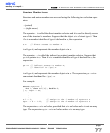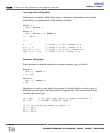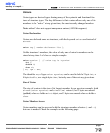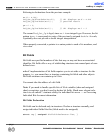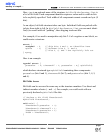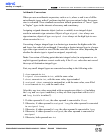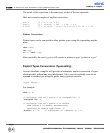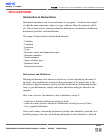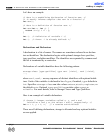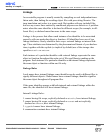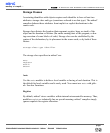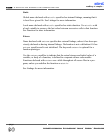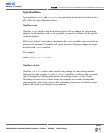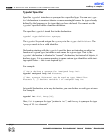
Introduction to Declarations
Declaration introduces one or several names to a program – it informs the compil-
er what the name represents, what is its type, what are allowed operations with it,
etc. This section reviews concepts related to declarations: declarations, definitions,
declaration specifiers, and initialization.
The range of objects that can be declared includes:
- Variables
- Constants
- Functions
- Types
- Structure, union, and enumeration tags
- Structure members
- Union members
- Arrays of other types
- Statement labels
- Preprocessor macros
Declarations and Definitions
Defining declarations, also known as definitions, beside introducing the name of
an object, also establish the creation (where and when) of the object; that is, the
allocation of physical memory and its possible initialization. Referencing declara-
tions, or just declarations, simply make their identifiers and types known to the
compiler.
Here is an overview. Declaration is also a definition, except if:
- it declares a function without specifying its body,
- it has an extern specifier, and has no initializator or body (in case of func.),
- it is a typedef declaration.
There can be many referencing declarations for the same identifier, especially in a
multifile program, but only one defining declaration for that identifier is allowed.
MikroElektronika:
Development
tools
-
Books
-
Compilers
85
page
mikroC
- C Compiler for Microchip PIC microcontrollers
mikroC
making it simple...
DECLARATIONS



